In my experience, it seems that discussions about off-grid water systems only take place in niche communities of homesteaders or preppers. If you were to bring it up in “normal” workplace conversation, I guarantee you’d get at least one set of raised “what a weirdo” eyebrows. But considering just how crucial water is to life itself, it’s amazing to me that we don’t talk about it more.
Watch the Video
The average American is totally comfortable using a staggering 80 to 100 gallons of water a day, but we are rarely taught to think about where it comes from, how it gets to us, and how sustainable and dependable that system actually is. It’s easy to depend on the grid to supply your water … but it’s a huge gamble that some of us will never risk for our families.
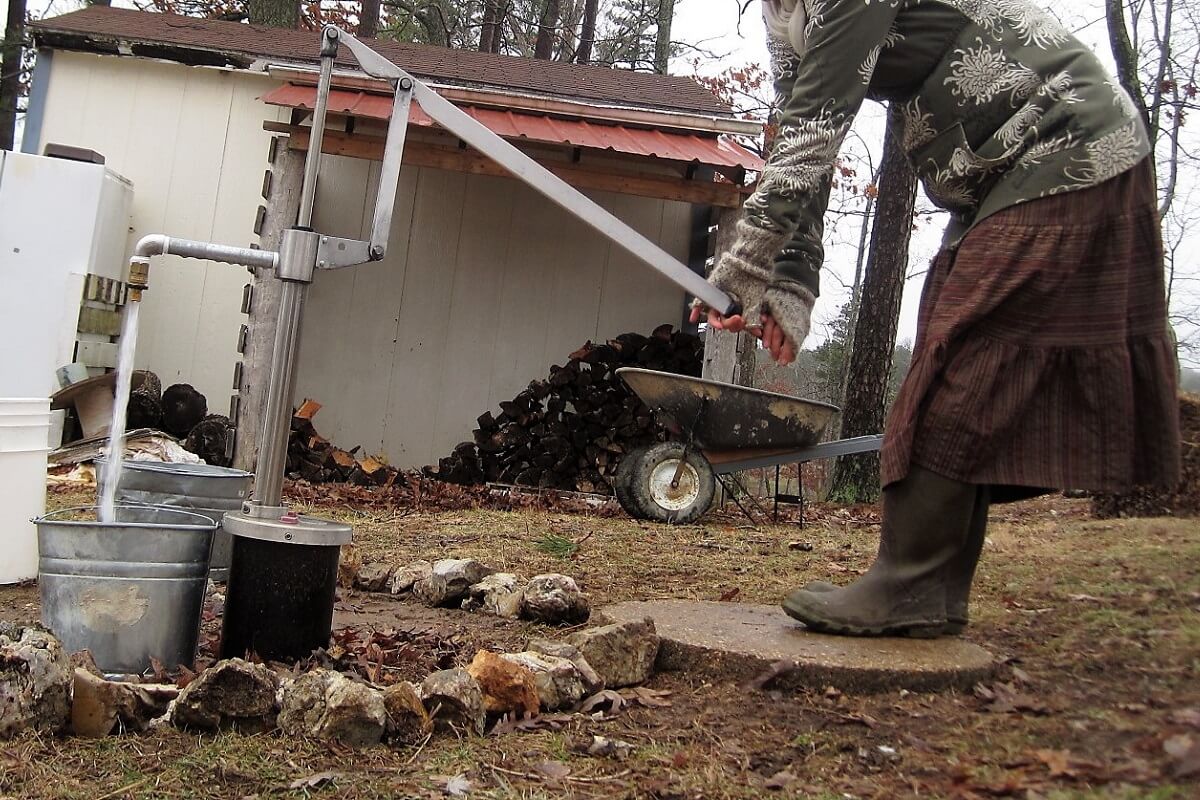
The truth really is, having a safe, reliable, and independent source of water is not just a back-up plan. It’s an absolute necessity for survival and should be one of the first considerations taken when planning the homestead — or any home, in my opinion. I don’t need to teach you this truth. If you’re reading this article, you already care. Even if it’s just out of curiosity, you want to know what your options are for taking your water supply off the out-of-your-control grid.
So what should you consider? Does your property need to have a pond? Is there lots of heavy rainfall? What systems are out there, and how do they work? The answer to these questions is dependent on your land, your climate, and your water use, but the general answer is the best system is a diverse one. If you’re an investor, you’ve heard the term “diversifying your portfolio.” Far more important than diversification of stocks, however, is diversification in this basic necessity of life.
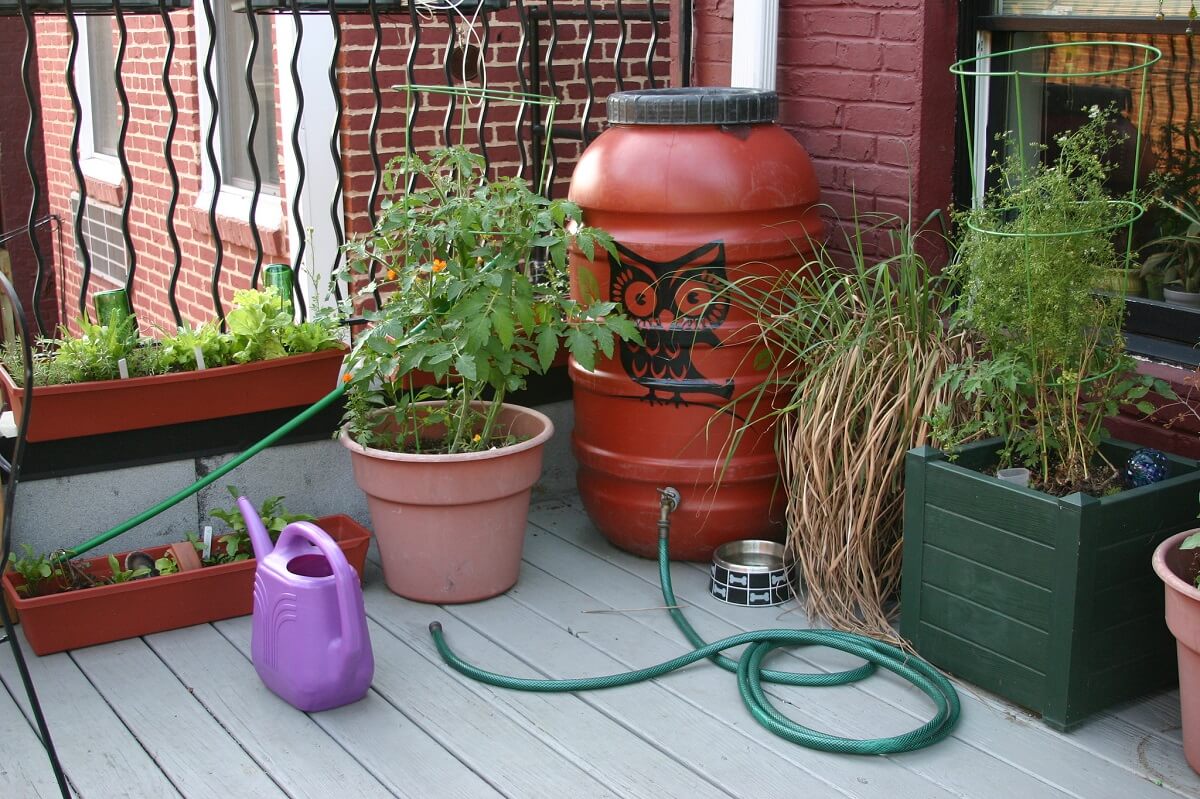
When it comes to securing water for your family, you must always plan to diversify your water portfolio. Have more than one system so that you’ll never be left high and dry. As a homesteader who uses off-grid water daily, this plan is something that I both know dearly and care about deeply. I want to share what we’ve learned and what we’ve done to help you make the best decisions you can for your land and family.
Related Post: Hand Water Pumps: A Guide
For the record, this article is not meant to be a how-to on building your own off-grid water system. That journey depends on your specific land and needs, and requires a fair deal of specialized information. Think of this write-up as a collection basket for many of the resources we’ve used and referenced on our own off-grid water endeavors. Hopefully, it can bring some of this very worthy information into more peoples’ hands!
Off-Grid Sources Of Water
Available off-grid water basically comes in three forms: water from below the ground, surface water, and collected precipitation. I would recommend having some sort of access to all three sources available on your land, if possible. It may take years of work to get it all in place, but when it comes to something as important as water, it’s worth the investment in time.
1. Well
Wells tap into deep groundwater anywhere from 20 to 300 feet (or deeper) below the surface. If you have an existing well on your property, you have fantastic potential for getting a good source of water off the grid. You can convert the electric pump to run on solar or wind power, or you can switch it to a manual pump.
I wrote an earlier article on using manual pumps. Check it out to learn more about this old-fashioned and absolutely relevant way of retrieving water to use it on the surface. If you are game for it, you can totally supply the entirety of the water you need for daily, household use from a manual pump, but I would strongly recommend also working on a rainwater catchment system (which I’ll detail more below).

These two systems work in harmony with each other. You can always get water even if the rain barrels are low, but in times of plenty, your hard-working arms will get a break.
Pros Of Well Water
Well-water is usually a reliable source of freshwater, and a deep enough well won’t freeze on you in the winter because the groundwater is insulated from the surface temperature. In typical circumstances, it should be really pretty clean, although I always recommend filtering water before consuming it.
Cons Of Well Water
Getting water up from the ground requires energy — whether that’s your arms or some other alternative means of powering a pump — and the infrastructure associated with it. Drilling for groundwater may be more of a gamble in some areas than others. You never really know when you’re going to hit water.
Additionally, it is costly to have a well installed. It will be a few thousand dollars at least but in my mind, that expense is worth it. It’s also possible that your groundwater could be contaminated by nearby pollutants, especially if you live in an area where fracking is common.
2. Rain Catchment
Free water from the sky has been a gift to humankind since the beginning of time. You can take advantage of this opportunity by collecting rainwater for your homestead’s daily use. Even if your land has dry spells during the summer, you can store up the spring rains for later use, which gives you a reliable source of water at all times.
Related Post: Rainwater Harvesting: The Basics And Why You Should Start Today
I wrote another article about the basics of rainwater collecting here. It will give you a good introduction to some of the options available for this under-appreciated resource.
Rainwater is a soft, usually very clean source of water, and free of the chemicals in city water and the sometimes-excess minerals in groundwater. Harvesting rainfall from the impervious surfaces on your land relieves some of the pressure to supply your needs from underground aquifers and allows them to be replenished in your area.
Pros Of Rainwater
A rainwater catchment system is simple to implement, generally very clean, absolutely free, and easy to set up off any roof on your property. Do note that asphalt roofs and treated wood-shake roofs are capable of leaching chemicals into rainwater. A metal, slate, untreated shake, or tile roof may be better choices.
Cons Of Rainwater
In some areas, rainwater collection is restricted — a crime, in my book, since the impact made by household collection is absolutely negligible.
Related Post: How To Make A DIY Rain Water Barrel
Also, an impervious surface is required to collect rainwater. Usually a roof is sufficient, but this means that water storage will need to be beside the building where it is collected.
3. Pond
A pond on your property is more than a playground for ducks and dancing dragonflies. It’s also your personal reservoir and source of back-up water.

I wouldn’t recommend using a pond as your primary source of water, but having a huge amount of stored water on your property is a potentially life-saving resource that can benefit every living thing on your homestead.
Pros Of Ponds
A pond is easy to maintain if it’s already on your property.
Related Post: How To Build A Fish Farming Pond
It naturally fills with every rainstorm, and in the meantime, provides habitat to a huge host of creatures and plants.
Cons Of Ponds
Pond water requires extensive cleaning and filtering to be turned in to potable water for human consumption. It’s not easy to move water from point A to point B without a pump system, and lugging 5-gallon buckets up the banks can get arduous!
4. Spring
Old-time spring houses and the allure of clean, icy-cold water bubbling from between rocks is the stuff of homesteader daydreams.
I don’t have a spring on my property, and therefore have very little experience with them, but this article will give you a good launching-point if you are blessed to have one of these gifts on your land.
Pros Of Springs
Springs often offer very clean water, freely flowing from the ground, and requiring little care once the infrastructure is built around the source.
Cons Of Springs
Springs require quite a lot of initial work to harness, direct, and turn into a reliable source of water. They may not be located in a spot convenient to your daily activities, and they’re capable of being contaminated by neighbors’ activities.
Systems For Utilizing Off-Grid Water
In an off-grid situation, using the natural design of the earth is your best bet for long-term success and sustainability. In the case of moving water to where you want it, you can’t get any more logical — or off-grid — than using gravity to move that liquid life to the places where it will sustain you.
Ancient Romans knew the power of using gravity. That’s how their aqueducts worked. You can take a page from their book by implementing gravity-fed systems on your homestead.
Related Post: Creating a Rain Garden
There are surprisingly few instructions for implementing a gravity-fed system to be found online. I heartily recommend buying Art Ludwig’s book Water Storage Tanks, Cisterns, Aquifers, and Ponds as a fantastic resource on this entire subject. All the storage methods I list below are given the royal treatment in his thorough, experience-based write-up.
1. Rain Barrels
These can be bought pre-made (often overpriced) or recycled from old 55-gallon food storage barrels. If you’re just getting your feet wet with the idea of off-grid water, try installing one as a weekend project and get the journey going.
Pros Of Rain Barrels
Barrels can be installed anywhere there is a downspout, giving you instant storage of rainwater with every storm.

They are small enough to be used in a city lot without making too much a statement. They can also exert a decent amount of water pressure if raised on a platform.
Cons Of Rain Barrels
Rain barrels are limited to 55 gallons if you’re using a typical size, and result in lots of potential water lost during a rain event. Making a daisy chain of rain barrels can expand your harvesting potential. Alternatively, using IBC totes can give you the opportunity to catch 275 or 330 gallons.
2. Cisterns
Cisterns are a time-honored way to store water, and have been used for millennia. Those familiar with the Bible will find constant references throughout.
Related Post: How To Make A Rain Chain
They may be located above or below ground depending on your setup, and they can be made out of a ton of different materials: hewn out of stone, shaped out of metal, or even sculpted out of ferro-cement. For an in-depth explanation of their form and function, take the time to read through this website, and then buy the Art Ludwig book I mentioned earlier.

Cisterns can create off-grid, passive water pressure if they are located at an elevation higher than your tap. If having a gravity-fed system is important to your water plan, calculating the precise location for your cistern is crucial before you ever buy the first bag of cement or turn the first shovel of dirt.
The formula: every 2.3 feet in elevation change adds 1 psi (pounds per square inch) of pressure. Or, every meter of elevation change adds 10 kPa (kilopascals) of pressure.
Pros Of Cisterns
Cisterns can hold thousands of gallons of water, turning a single heavy rainstorm into the majority of your water for the season. Cisterns can be freezeproof if buried in the ground (or if massive enough).
Cons Of Cisterns
Cisterns require intense construction and installation, as well as a good understanding of the terrain — they can sink into the ground if installed on fill dirt! Due to their size, they need a lot of space, and if you want water pressure, you also need elevation difference on your land.
3. Lots Of Bucket-Lugging
Explaining this one is not really necessary, I should hope!
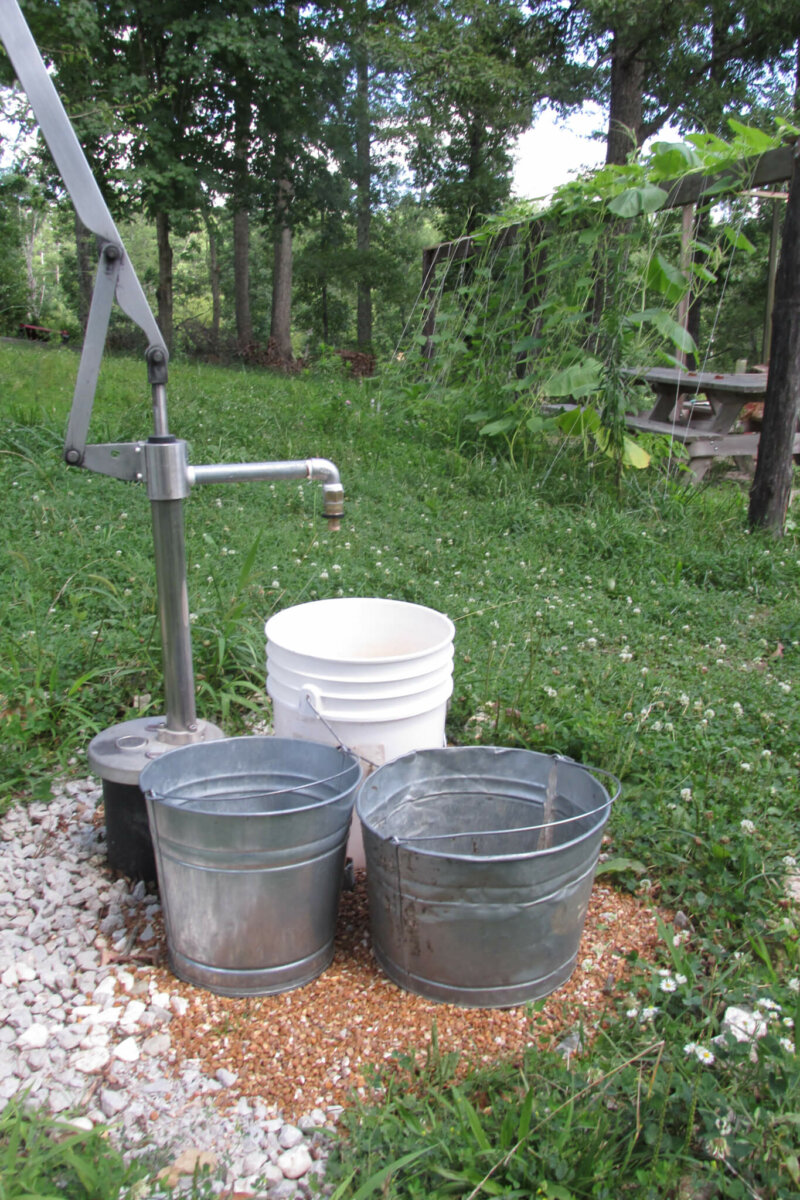
Much of the world still moves their water around in buckets, and as someone who is currently doing my fair share of bucket-lugging, I can assure you that while it is a lot of hard work, it is possible. Cancel that gym membership. You’re going to get fit, off-grid-style.
Pros Of Bucket Lugging
The system can’t break down. Just get a new bucket!
Cons Of Bucket Lugging
It requires a certain degree of physical fitness and that buckets be kept clean. Make sure to use food-grade 5-gallon buckets if this is the route you go!
Deciding When To NOT Filter The Water
This may seem like a silly heading, but when you’re building up your off-grid water system, it’s an important factor to consider. Not all water needs to be cleaned, filtered, and purified before use. To do it unnecessarily is a waste of time and resources.
This (again) is why having a multifaceted system is so important. It allows you to make choices for your specific needs. Decide what water needs to be clean for human use, and don’t worry about the rest!
When it comes to watering livestock and plants, they can do just fine with “raw” water, as it were. Trees are natural filters. In fact, there are some innovative filtering systems that take advantage of the natural capillary action of trees to clean an amazing array of contaminants out of water.
On our homestead, we use rain barrels to provide for all of our animals and plants. If you live in an area with city water, this may be a bigger boon to the living things that you care for than you realize. City water is often chlorinated and fluoridated, and both chemicals can have detrimental effects on your plants when you water them with water straight from the tap.
You can also use unfiltered rain barrel water — and occasionally unfiltered well water, when the rain barrels are low — to wash clothing. It doesn’t make sense to take impeccably clean water and then immediately toss mud-caked pants or reusable diapers in it.

If you use a clothesline, you may already know that direct sunlight helps to disinfect the laundry … and let’s be honest, sometimes we may not get the laundry in before a surprise storm hits, and the laundry may get a rainwater bonus rinse anyway.
The laundry item I do recommend taking special care with is the kitchen dishcloths. They should get both scrubbed and boiled.
Household Use Of Off-Grid Water
The “easiest” (and probably most short-sighted) way to do off-grid water is to just figure out some way to get your well to provide the same amount of water you used while on the grid.
A solar-powered and wind-powered well, or generator-powered when conditions aren’t right, may allow you to continue living what some would call a “normal” life of flush toilets, plentiful showers, and washing machines chugging in the basement. It will work until it doesn’t, and then you’re in a bind for sure.
The truth is, getting an off-grid system into place should cause some lifestyle adjustments and overhauls. If you’re starting the switch with a family, make sure that everyone is on board because the change will require everyone to work together. When every gallon counts, the ol’ 80 to 100 gallons per person mentality really shouldn’t be an option.
This isn’t meant to sound like an indictment at all. It’s an encouragement to embark on the transition to off-grid water use with an excited mind and willing spirit. If you’re going to go off-grid, you have to commit. And you also need to give yourself time to relearn how to live. I know personally that switching my conventionally-raised mind to how I currently live took time and a little bit of struggle. But I made it through, waste MUCH less water, and so can you!
Here’s a list of some of the things that changed for us — for the more sustainable and better — that may help with your own transition. This list is meant as a launching point more than instructions. Every topic could be a long article in its own right.
1. Toilets
If you take a step back from convention and look at our society’s current means of managing human waste, it’s actually insane. We take clean, potable water, fill an indoor bowl with it, then fill the bowl with urine and feces before flushing it away to be mixed with industrial wastes, and chemically-processed … and then, we just hope it is clean enough when it gets sent back into our waterways! If you’re taking your water usage back into your own hands, you can do better.
Though you can easily pressurize a system to run a toilet (they can fill slowly with as little as 1 to 2 psi), I would recommend a composting toilet system. It’s a lot easier to deal with, believe it or not.
Yet, it is. Instead of having to scrub a nasty, smelly toilet every week, composting toilets are a usually smell-free (I’m serious), waterless system. It doesn’t need to be hooked up to the grid and also provides you with an opportunity to compost and reinvest the nutrients from your waste back into your own soil rather than shipping it off to some debatably-dependable sewer. There are many ways to create this system that are beyond the scope of this article.
Then, think about separating your feces from your urine. Not only will this make the compost easier to handle, but it will give you a new resource. Urine actually comes out sterile and is an imminently usable material when not contaminated with other waste.
The book Liquid Gold illustrates many well-researched uses for urine on the homestead and is certainly worth the read for those willing to try. Urine-diverting composting toilets may also be a useful addition to the homestead if you’re serious about this practice.
2. Showers
The pressure usually required to run a shower head is somewhere in ballpark of 20 psi, though many of us have grown up accustomed to a much higher 55/100 psi–the typical/maximum pressure offered by municipal services. In order to achieve that amount of pressure, your cistern of water may need to be installed more than 100 feet above your home which is highly unlikely to achieve.
So you may need to face the possibility of changing your bathing practices and adapting to life with low water pressure. This may be a hard one for you to give up at first. I know a lot of us do good thinking in the shower — letting endless, thoughtless streams of warm water run all the while. But I want to let you know it is possible to totally and satisfactorily convert your bathing needs to the contents of a two-gallon bucket (or less).
Give yourself the time to learn the art of the sponge bath, and revolutionize your water usage. I think the key to successful sponge-bathing is threefold. First, go easy on the soap and reserve it for smelly areas. Just use hot water and a washcloth everywhere else.
Second, wash yourself at the end of every day. It’s a pleasant nighttime ritual that every homesteader needs anyway with all the outdoor work we do. Third, stop using shampoo for your hair. It lightens the chemical load in the resulting greywater, and you may find that your scalp will become healthier since quitting shampoo. Try experimenting with the commonly-touted baking soda and vinegar solution method. It will take some time to transition to a new self-care routine, but if you’re in it to win it, you’ll figure it out within a few weeks.
Related Post: 20 Outdoor Showers
3. Laundry
If you take the plunge and switch your pump to a manual system, you might also have to face the music that the washing machine you depended on would also have to go. That can be a hard pill to swallow at first because handwashing a whole family’s laundry is an intimidating prospect. But Iyou can learn, through many trials, experimentations, and errors, how to wash clothes like everyone used to before washing machines came on the scene. I have to tell you, it’s not that bad.

There are many systems available to the off-grid launderer such as the Lavario, the Wonder Wash, or even gasoline-powered washing machines. The most effective clean I have ever been able to manage — even cleaner than with the washing machine — has been with a homemade washing stick, a 5-gallon bucket, and a washing plunger. This system is my go-to.
Related Post: Why You Should Start Using A Clothesline
A big key to keeping laundry manageable when you’re manually washing off-grid, is to make sure the clothes that go in the hamper actually deserve to be there. You’re not gross if you wear the same shirt you wore yesterday today. As long as it doesn’t smell bad, it’s still good in my book. Bath towels should last at least a week, if not longer — especially if you sun them on the clothesline after every use. And if the pants you got muddy yesterday are just going to get muddy again today, do they need to be washed yet, or can they wait until the project is done?
4. Eating And Drinking
I would recommend sending all of the water that you personally consume through drink or cooking through a Berkey Filter. Once upon a time, raw rain and river water may have been safe to drink, but those days are lost in the haze of modern industry, pharmaceutical-laced waterways, and groundwater contaminants.
You’ll likely usually use well water, but you can use rainwater too. There are many ways to purify and filter rainwater. This website details the various UV-based, mechanical, and chemical ways to go about it. I’m not big on plugging products, but I make an exception for the Berkey System of water filtering. You could pour hideous pond water through these things (though it will make a terrible mess to clean up afterward) and have safe water to drink.
Another filtering system to try experimenting with is a Biosand filter. As much as I like my Berkey, I don’t like the idea of being entirely dependent on a purchased product.

The Biosand filter is a means to naturally remove a ton of contaminants using things found on our land, and I love that. It’s another means of building redundancy into your water supply to ensure you can always have what you need.
5. Dishes
Those old farmhouse sinks knew what they were doing with their deep pockets and two sides. Washing dishes by hand, and with off-grid water, is a breeze when you fill both sides of a sink. Make one side the soap side, the other side the rinse side, and you’re well on your way to having dinner cleaned up without wasting tons of running water.
6. Greywater
Managing water off the grid also includes managing that water after you’re done using it. First, make sure the water has had its use, and then “cascade” the uses. If you can, starting with clean water where it counts, and then allow the resulting, slightly-dirty water to accomplish tasks that don’t need impeccable water.
For example, if you used a pot of water to incubate yogurt, heat it up to wash the dishes once the yogurt is done. Or, you can use the rinse water from one bucket of laundry to be the wash water for the next bucket, or direct used hand-washing water to flush a toilet. The longer you work with off-grid water, the more ways you’ll figure out how to innovate its use to benefit your home.
Once you are finally done with it, greywater can be handled in several different ways, but the most important thing is to handle it immediately. Greywater cannot be stored for more than 24 hours, or the bacteria will multiply and turn it to blackwater in no time.
Your final plan for greywater management could even be a greenhouse attached to the front of your home if you’re planning to build one. The greywater can be directed to the plants there to provide them with a nutrient-rich source of water and nutrition. Or, you could work in mulch basins surrounded by gardens in the laundry area.
There are many ways to redirect greywater to your benefit, so if this plan sounds appealing to you, check out these books:
- Art Ludwig, Create an Oasis with Greywater — a wonderful, indispensable resource for making use of greywater in a huge array outside applications
- Michael Reynolds, Earthship I, Earthship II, and Earthship III — the go-to resources for implementing greywater reuse in in-home greenhouse designs.
All four of these books discuss incredibly detailed, innovative ways to route greywater into planters, gardens, and created wetlands, to make your land incredibly lush and productive … and basically waste-free.
Off-grid water is not just a topic for prepper forums. It’s a way of life that I truly love even with all the immense work involved. I hope more of you can join us in declaring water freedom! I know that was a lot of information, so thanks for hanging on for the ride.
If you know of any other worthy resources for intrepid off-grid water adventurers, please leave the information below. Those of us embarking on this crazy adventure of experimentation and freedom always welcome new ideas!








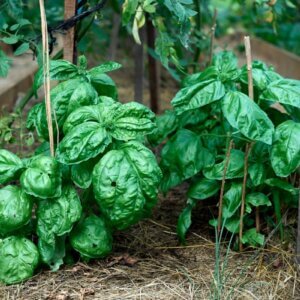




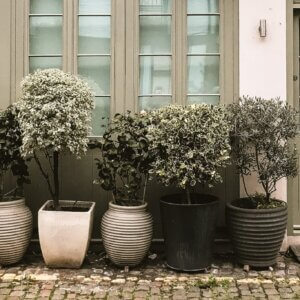
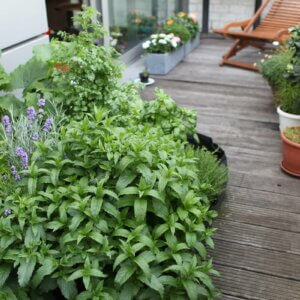



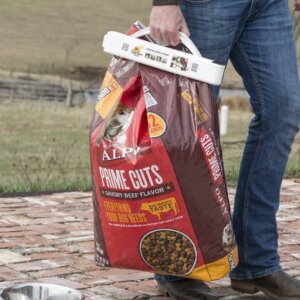
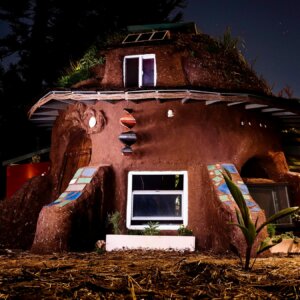




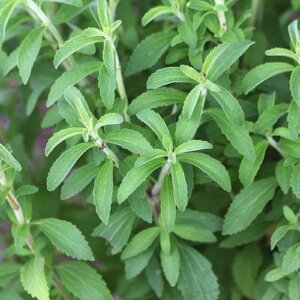










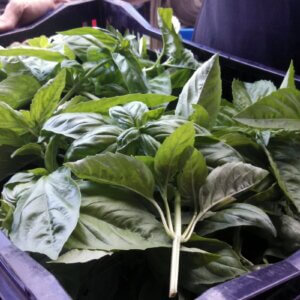






Re laundry: Have you looked at a commercial salad spinner? The one I’ve been checking out is at Webstaurant store online. I had a Wonder Wash and wasn’t thrilled and returned it. I haven’t used the salad spinner but a friend has one and I’ve looked it over.
BTW, really appreciated all the info in your article. Have copied to my files for reference.
Thanks
I’ve gone through a few different off-grid options for laundry, and by a wide margin, the old-fashioned washing plunger, washboard, 5-gallon bucket, and clothesline have been the best system I’ve ever used. I can’t imagine a salad spinner would do a good job–it would just get the clothes wet and then move them around without really cleaning them…p
Thanks for the kind words, by the way! I hope it really does help you on the way to self-sufficiency. Happy adventuring!
what options do you have, like pumps, for moving water from your spring to your homestead? A friend told me about ‘RAM pumps’ – which only use flowing water to operate. Have you heard of this type of tech ?
I must confess, I haven’t, since we don’t have a spring on our land. Gravity-fed systems are more our cup of tea here, since there’s so little moving parts to break/go bad (and if gravity stops working, we’ve got bigger problems!). The forums over at Permies (https://permies.com/) may have some folks who have worked with the RAM pumps, though–it’s worth delving there!
Great information! The articles are very well written and the flow (not pun intended, Lol) kept me reading on. Thank you! I’d love the “Shampoo” recipe you use. Thank you SO MUCH!
Hello everyone, I am looking for help on how to build my off grid water system from the river behind our cabin
Photo/Attachment:
doing a small home development in Phoenix AZ
12 homes per acre